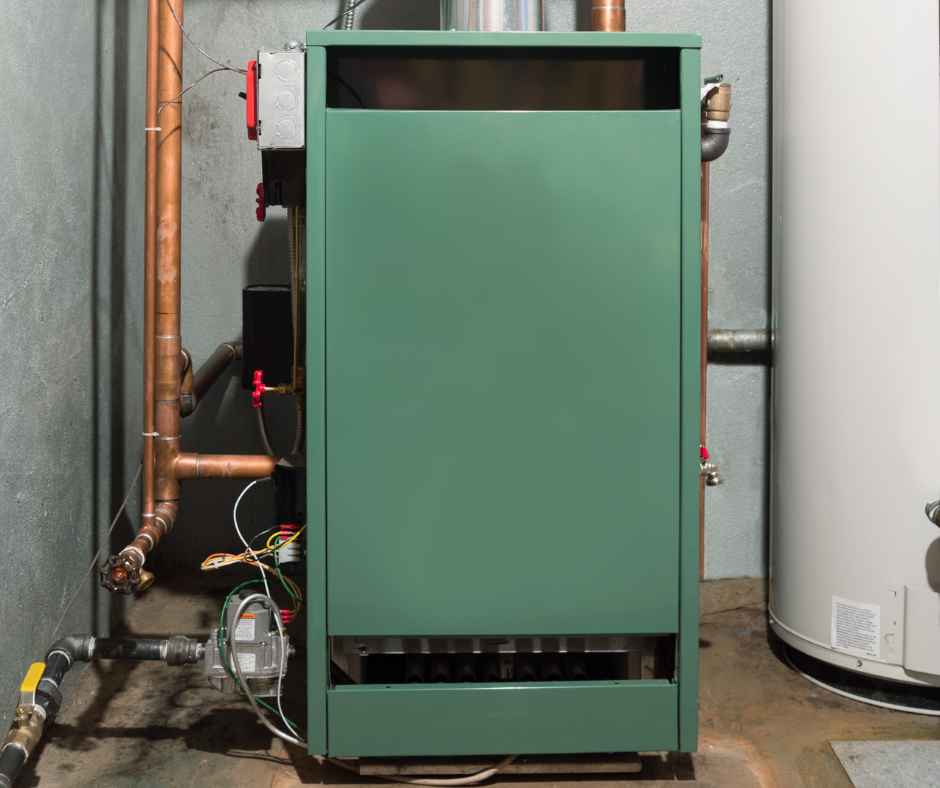Closed: Sun for God + Family time

A Guide to Enhancing Home Safety with GFCI Protection
Electrical safety should be a top priority for every homeowner. One crucial aspect of ensuring a safe electrical system is incorporating Ground Fault Circuit Interrupters (GFCI) protection in key areas throughout your home. GFCI protection is designed to help prevent electrical shock hazards by quickly shutting off power whenever a fault is detected.
GFCI technology functions by continually monitoring the flow of electricity through a circuit. If it senses any imbalance or “ground fault” in the electrical flow, the GFCI device will immediately shut off the circuit, protecting individuals from potential electric shock and reducing the risk of electrical fires. GFCI protection is especially important in areas around your home where water and electricity are in close proximity, such as bathrooms, kitchens, laundry rooms, and outdoor spaces. Continue reading as Armor Air thoroughly discusses the importance of GFCI protection, their application in your home, and how our professionals can assist you in maintaining a safe electrical environment for you and your family.
Understanding GFCI Requirements
The National Electrical Code (NEC) outlines specific requirements regarding the installation of GFCI protection in residential properties. While these requirements are subject to change with each revision of the NEC, it is essential to understand and comply with the most up-to-date guidelines. Here are some of the most common residential areas where GFCI protection is currently required:
- Bathrooms: All outlets in bathrooms must be GFCI-protected. Because water and electricity are in close proximity in bathrooms, GFCI protection is vital in minimizing the risk of electrical shock hazards.
- Kitchens: GFCI protection is required for all countertop outlets, as well as those located within six feet of a sink or water source. These requirements ensure that kitchens, where water and electricity often mix, maintain a high level of electrical safety.
- Laundry and Utility Rooms: Any outlets located near a sink or water source in laundry or utility rooms should be GFCI-protected.
- Garages and Unfinished Basements: In these areas, where dampness and moisture may be more prevalent, GFCI protection is required to mitigate the risks associated with electrical hazards.
- Outdoor Spaces: Exterior outlets must also feature GFCI protection due to the increased likelihood of contact with water and other conductive materials.
Testing and Maintaining Your GFCI Devices
Regular testing and maintenance are critical to ensure that your GFCI devices are functioning correctly and providing essential protection. Testing your GFCI outlets monthly can help identify any potential malfunctions and ensure ongoing safety in your home. To test a GFCI outlet, follow these steps:
- Plug a small appliance or device, such as a lamp or radio, into the GFCI outlet.
- Press the “Test” button on the outlet. The power to the appliance should shut off, indicating that the GFCI outlet is functioning correctly.
- Press the “Reset” button to restore power to the outlet.
If the power does not shut off during the test or does not return after pressing the reset button, there may be a malfunction with the GFCI device, and it should be replaced as soon as possible. Our professionals can assist with properly maintaining and replacing GFCI devices to ensure the safety of your electrical system.
Upgrading Older Homes with GFCI Protection
While modern homes typically come with GFCI protection already in place, older homes may not have these safety features installed. If your home does not currently have GFCI protection in the required areas, upgrading your electrical system to include this essential safety technology is in your best interest. Our professionals can help assess your home’s electrical system and recommend appropriate upgrades to ensure compliance with NEC requirements and improve the safety of your property.
GFCI Breakers vs. GFCI Outlets
While GFCI outlets are the most common type of GFCI device found in residential properties, GFCI circuit breakers are another alternative available. GFCI breakers provide the same level of protection as GFCI outlets but are installed directly at the main electrical panel, protecting all devices downstream on the circuit.
GFCI breakers can be a viable solution for homeowners looking to protect hardwired devices or an entire circuit. Certain situations may call for the installation of GFCI breakers instead of GFCI outlets, such as:
- Protecting multiple outlets or hardwired devices within the same circuit.
- Providing GFCI protection in challenging retrofit scenarios where it may be difficult to replace individual outlets.
- Complying with specific local code requirements that mandate the use of GFCI breakers.
It is important to consult with a knowledgeable professional like our technicians to determine the best GFCI protection solution for your specific situation.
Conclusion
Incorporating GFCI protection in your home’s electrical system is essential for safeguarding your loved ones and property from the risks associated with electrical hazards. By understanding and complying with NEC requirements, regularly testing and maintaining your GFCI devices, and seeking professional guidance when upgrading or installing GFCI protection, you can help create a safer living environment for your family.
Armor Air, the best electrical and HVAC company in Avon, is committed to providing expert service in assessing, installing, and maintaining GFCI protection within your home, ensuring that you can enjoy peace of mind. Contact us today to learn more about GFCI protection and schedule a consultation with our skilled team.
Share This Story, Choose Your Platform!
Recent News

Help! My Heater Won’t Turn Off

How Much Does an Inverter HVAC System Installation Cost (2025)

Why Does My Furnace Smell Like It’s Burning?

Why Won’t My Heat Turn On?

Why is the Water Pressure Low in My House?

Why a Tankless Water Heater Might Be the Best Investment for Your Indianapolis Home?


